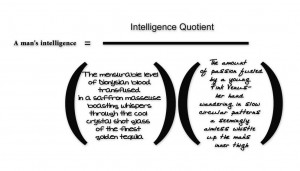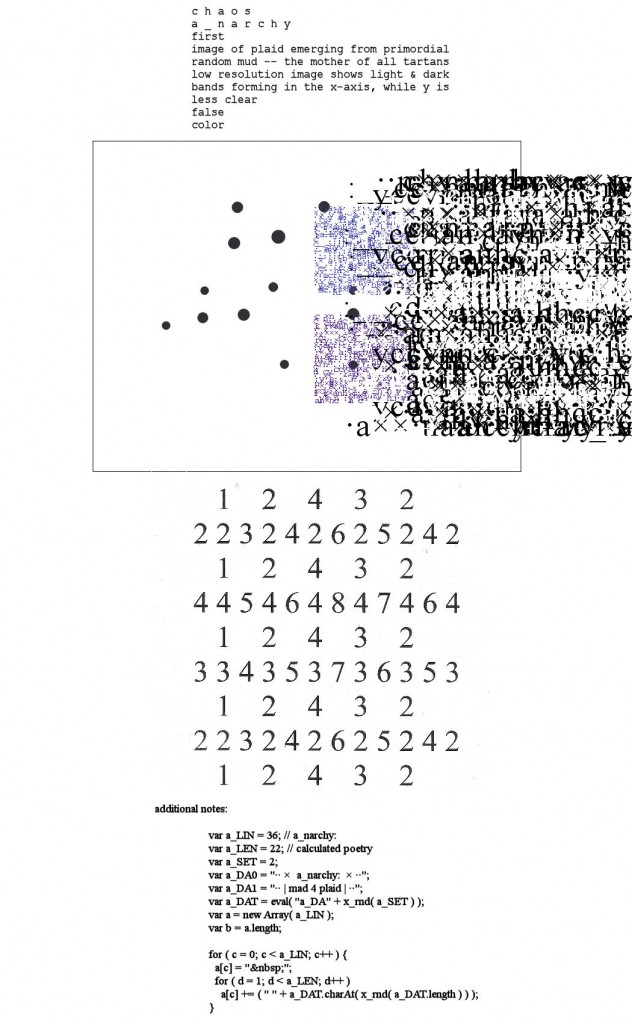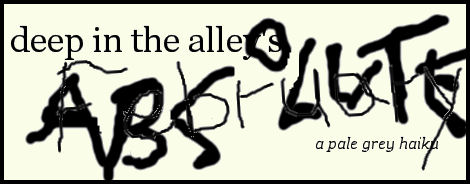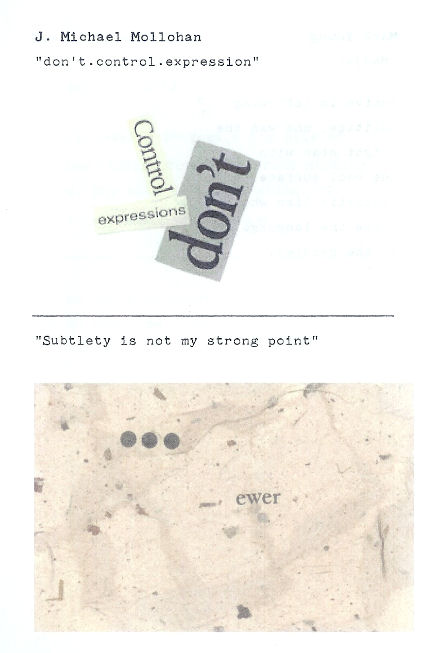Entry 376 — An Ultimate Definition of Poetry
.
First, to get my latest coinage out of the way before I forget it: “urentity.” I’m not keen on it but need something for more or less fundamental things like photons and electrons–both larger like atoms, and smaller like quarks; for light, too, and maybe gravity. There may be good term for this already out there; if so, I’m not aware of one, and I’ve often wanted one. “Bit of matter” would be good enough if there weren’t some things not considered material, like light.
Maybe “fundent.” “Urentity” is pissy my ear now tells me.
What follows are notes written yesterday toward a discussion of how to define poetry.
Last night I felt I was putting together a terrific monograph on the subject but now, around 3 in the afternoon, I’ve found I haven’t gotten anywhere much, and am out of gas, so will add a few thoughts to what I’ve said so far, without keeping it very well organized.
The best simple definition of poetry has for thousands of years been “literary artworks whose words are employed for substantially more than their ability to denote.” With “literary artworks” being defined as having to have words making some kind of sense whose purpose is to provide aesthetic pleasure to a greater degree than indoctrination or information, the other two things words can provide.
A more sophisticated definition would list in detail exactly what beyond denotation poetry’s words are employed for, mainly kinds of melodation (or word-music), figurative heightening, linguistic heightening (by means of fresh language, for instance) and connotation. Arguments have always risen about what details a poem should have to qualify as a poem–end-alliteration, the right number of syllables, meter, end-rhyme, etc., with philogushers almost always sowing confusion by requiring subjective characteristics such as beauty, high moral content, or whatever.
Propagandists work to make salient words ambiguous. They never provide objective, coherent definitions of their terms. Diana Price, the anti-Shakespearean, for instance, attacks the belief that Shakespeare wrote the works attributed to him but saying there’s no contemporary personal literary evidence for him, but in her few attempts to define what she means in her book against Shakespeare does so partially, and inconsistently. I bring this up because I hope someday to use her book in a book of my own on the nature and function of propaganda.
I’m not bothering with that right now. I’m intent only on establishing that poetry has always been, basically, heightened language used to entertain in some way and/or another, with different poetic devices being required by poets of different schools of the art. At present a main controversy (although now over a century old) is whether verbal texts using only the device of lineation (or the equivalent) can qualify as poetry, but it would appear that for the great majority of poets and critics, the answer is yes. The most recent controversy has to do with whether poetry making in which non-verbal elements are as important as verbal elements can be considered poetry. the outcome is uncertain but it would seem that another yes will result. Amazingly enough–to me, at any rate–is the belief of many visual artists who make letters and other linguistic symbols the subject of painting that such . . . “textual designs,” I call them . . . are poetry, “visual poetry.” The question has not reached enough people in poetry to be considered controversial yet, I don’t believe–however controversial in my circles.
My newest and best definition of visual poetry is: “poetry (therefore verbal) containing visual elements whose contribution to its central aesthetic effect is more or less equally to the contribution to that of the poem’s words.”
It is constantly claimed how blurry and ever-changing language is, but I’m not sure it is. It seems to me that most of our language is quite stable, and that only language about ideas, which are forever changing, is to any great extent capricious. Sure, lots of terms come and go, but only because what they describe comes and goes. “Poetry,” was reasonably set for millennia, and uncertain only now because for the first time a significant number of artists are fusing arts, thus requiring new terms like “visual poetry,” and amendments to definitions like “poetry.”
A precise, widely agreed-on definition of “poetry” is essential not only for critics but for poets themselves, no mater how little many of them realize it. They want to use it freely, and should if you believe with me that “poetry is the appropriate misuse of language.” A metaphor is a misuse of language, a lie. Calling me a tiger when it comes to defending the rational use of language is an example. I’m not a tiger. But I act in some ways like a tiger. A metaphor actually could be considered an ellipsis–words left out because understood, in this case saying “Bob is a tiger” rather than “Bob is like a tiger.” In any case, if we don’t accept the definition of tiger as a big dangerous cat, the metaphor will not work.
To say a word can have many meanings according to its context does not make it polysemous, although if provides the word with connotational potential the poet can take advantage of.
James Joyce’s “cropse’ is a neat misspelling but useless if one does not accept the precise meanings of “crops” and “corpse.”
 Oops, you may need a magnifying glass. My choice of reproduction seems to be the size above, or four times as large. Anyway, it’s called “A Man’s Intelligence” and may be more informrature–a specimen of informratry–than poetry. Let me quote what it says: “A man’s Intelligence” equals “intelligence Quotient” divided by the product of “The measurable level of Dionysian blood transfused in a saffron masseuse boasting whispers through the cool crystal shot glass of the finest golden tequila” times “The amount of passion fueled by a young pink Venus–her hand wandering in slow circular patterns, a seemingly aimless whistle up the man’s inner thigh.”
Oops, you may need a magnifying glass. My choice of reproduction seems to be the size above, or four times as large. Anyway, it’s called “A Man’s Intelligence” and may be more informrature–a specimen of informratry–than poetry. Let me quote what it says: “A man’s Intelligence” equals “intelligence Quotient” divided by the product of “The measurable level of Dionysian blood transfused in a saffron masseuse boasting whispers through the cool crystal shot glass of the finest golden tequila” times “The amount of passion fueled by a young pink Venus–her hand wandering in slow circular patterns, a seemingly aimless whistle up the man’s inner thigh.”






Hello,
Interesting idea to leave out the last few syllables and replace with a visual iinstead. But the yellow ellipses need to be more vivid. I suggest darkening the background and increasing the saturation and brightness of the yellow. Also, the second line needs more description, less laundry list, I think. (Forsythia do not grow in California–I miss them. People not from the East or midwest may have trouble with the poem. Would the daff… work?)
I like the second one , but kind of want a little more hint. I first put in “unknown immense” in my head then realized you may have meant “unknown expanse.” Would “the unknown immense…..” work?
I found it hard to make the yellow show enough from the beginning. I didn’t like my “list,” either. My problem is that I like the idea of colored dots for an ellipsis, and yellow for forsythia is good, too, but not enough. I would keep forsythia, by the way, even knowing there are people not familiar with it. They can look it up. Or look at the footnote my editors will surely provide (you know, fifty years from now when I’m dead and finally world-famous). I think I’ll just have to let the yellow dots sit in my brain until I get lucky and a way properly to use them occurs to me.
Ditto the second idea. Would “uni . . . rse” work better. My problem here is that it is either not easy enough to decode or too easy. No matter. I felt from the outset that my use of the ellipses within a ellipsis did work here.
Thanks for the comments, COnnie. They strengthened my misgivings about the poems.
–Bob
I hope the misgivings do not cause you to drop them entirely. Do you have Adobe Photoshop Elements? It is not cheap and takes awhile to learn to use, but is very powerful regarding color changes. I believe you could definitely get the first poem to work well with just a bit of tweaking. Darken the background, choose a different contrasting color for the words and use bright yellow for dots. Change mistiness to mist and you’ve got two more syllables to play with in the second line.
(And yes, forsythia is more interesting than daffodil. I had to rely on the footnotes for “oleander” before I knew they grew all over out here!)
Universe is the wrong syllable count for a haiku. I actually prefer the ellipses to stand for an unkown something in this haiku. Whatever… Good luck.
Cheers,
Connie
Good thinking, Connie–since they’re the same as ones I had, myself, but didn’t mention! (Really!)
I hope the misgivings do not cause you to drop them entirely.
I hope so, too, but don’t think they will.
Do you have Adobe Photoshop Elements?
I have Paint Shop, which I consider the Kmart version of Photo Shop, which I’ve used but can’t afford for myself.
It is not cheap and takes awhile to learn to use, but is very powerful regarding color changes.
Paint Shop does color changes nicely.
I believe you could definitely get the first poem to work well with just a bit of tweaking. Darken the background, choose a different contrasting color for the words and use bright yellow for dots.
Good thinking that I did not have is to change the color of the words. Only consideration is that I may want the words to be absolutely standard, to make the unstandardness of the ellipsis more pronounced. Changing the background is essential but difficult. I did make it a pale grey to try to help the yellow. A pale blue is another possibility. I don’t want dark grey or blue because it would start the poem already (possibly) too unstandard. Also, I want some kind of natural sky background for the ellipsis.
Change mistiness to mist and you’ve got two more syllables to play with in the second line.
Humorously, I changed “mist” to “mistiness” to get my syllable count, not able to find two syllables to add that I though worked.
(And yes, forsythia is more interesting than daffodil. I had to rely on the footnotes for “oleander” before I knew they grew all over out here!)
Hey, I don’t know what oleander is! For a haiku poet, I’m terrible with names of trees, bushes and flowers.
Among the possibilities I’ve come up with for repairing the forsythia poem are to forget forsythia and just go with something a better color for this idea. Another simply to use bigger textemes (if that’s my word for letters and similar elements, like punctuation marks). One thing I feel I’ll almost certainly use is bigger textemes and some kind of scenery inside the dots, like a close-up of forsythia in bloom.
Hmmm, how about “It’s April and the forsythia is in bl o o o” with the o’s filled in and yellow? Rhetorical question. I do think that idea has possibilities, though. . . . A poem in bl o o o
all best, Bob
Universe is the wrong syllable count for a haiku.
I know. Couldn’t think of a way to make that line five syllables. Gave up, knowing I only had a rough draft.
I actually prefer the ellipses to stand for an unkown something in this haiku. Whatever… Good luck.
My problem is that I really don’t know how I want to use it. Most of my ideas for visual poems begin with a gadget like colored ellipses that I play with until I suddenly see what I can make the gadget mean. Then I work on the text until I think it makes that meaning reasonable clear.
Thanks for your comments. With mine, they provide a good demonstration of what should be going on in the head of a poet but seems not often to. A danger is making a rationale for a poem too overt, but the reverse danger, not bothering to connect a poem to a rationale, is worse, I think.
–all best, Bob
Yes, I see why you want to keep a black text in the first haiku. A bright sky blue should contrast well with yellow.